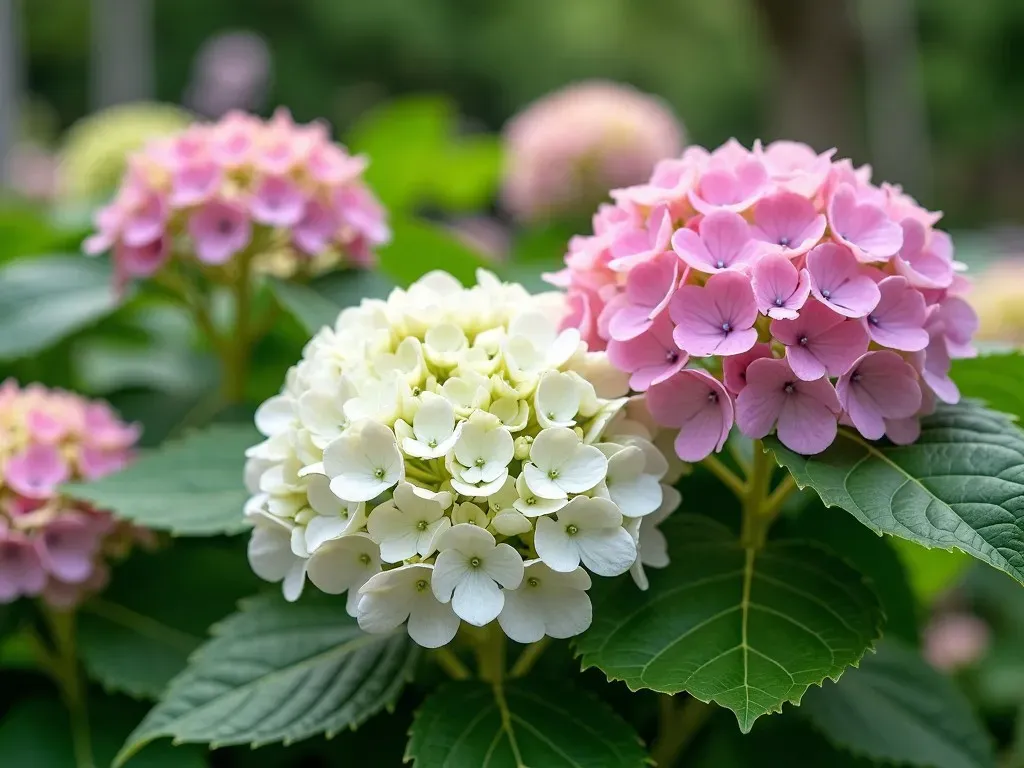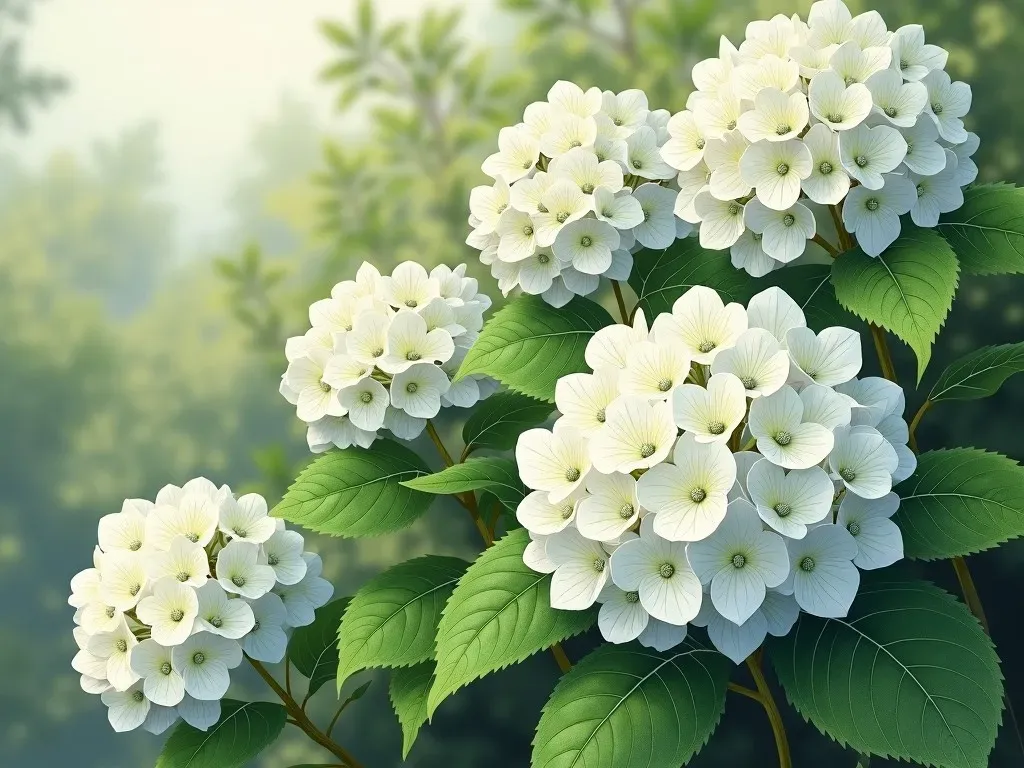hydrangea Identification Chart
Hydrangeas are exquisite flowering plants that are popular in gardens and landscapes worldwide. They come in various types, each with unique features that distinguish them from one anOther. Identifying different hydrangea varieties can enhance your gardening experience and help you care for these beautiful plants effectively. The hydrangea identification chart is a valuable tool designed to simplify this process by providing clear descriptions of each type’s characteristics.
Types of Hydrangea Plants
Hydrangeas are classified into several categories. Understanding these categories will assist in identifying them accurately. The most common types include:
1. Bigleaf Hydrangea (hydrangea macrophylla)
- Characteristics: These exhibit large, round flower heads known as mopheads or flat-shaped blossoms called lacecaps.
- Flowers: Colors can range from pink to blue, contingent on soil acidity.
- Leaves: Large, elliptic to ovate leaves that can measure 4 to 8 inches in length.

2. Panicle Hydrangea (Hydrangea paniculata)
- Characteristics: Known for their conical flower shape, they bloom in white and fade to pink.
- Flowers: They exhibit beautiful blooms from mid-summer to fall.
- Leaves: Broad, dark green leaves with a coarse texture.

3. Smooth Hydrangea (Hydrangea arborescens)
- Characteristics: This variety is recognized for its soft, round flower clusters; known cultivars include ‘Annabelle’.
- Flowers: Typically white, these flowers appear in summer and are often droopy.
- Leaves: Ovate leaves that can grow up to 5-6 inches long.

4. Oakleaf Hydrangea (Hydrangea quercifolia)
- Characteristics: Named for its oak-like leaves, this hydrangea features panicle-shaped blooms.
- Flowers: Flowers are white, aging to pink in the fall.
- Leaves: Large, deeply lobed leaves providing excellent fall color.

5. Climbing Hydrangea (Hydrangea anomala subsp. petiolaris)
- Characteristics: A unique variety that attaches to surfaces through aerial roots.
- Flowers: Produces white lacecap flowers in summer.
- Leaves: Heart-shaped, dark green leaves that change color in the fall.

How to Identify Hydrangea by Leaf
One effective method for identifying hydrangeas is by examining their leaves. The leaf shape, size, and texture can provide significant insight into the variety.
| Variety | Leaf Shape | Leaf Size | Margin Type |
|---|---|---|---|
| Bigleaf Hydrangea | Ovate | 4-8 inches | Serrated |
| Panicle Hydrangea | Broad | 4-6 inches | Slightly serrated |
| Smooth Hydrangea | Ovate | 3-5 inches | Smooth |
| Oakleaf Hydrangea | Lobed | 6-10 inches | Lobed |
| Climbing Hydrangea | Heart-shaped | 3-5 inches | Smooth |
FAQ
How can I tell what type of hydrangea I have?
To identify your hydrangea, start by examining the flower shape, color, and leaf characteristics. Utilize the hydrangea identification chart for detailed comparisons.
Does the color of hydrangea flowers change?
Yes, the flower color, particularly in Bigleaf hydrangeas, can change based on soil pH. Acidic soil can yield blue flowers, while alkaline soil typically produces pink flowers.
when do hydrangeas bloom?
The blooming period varies by type. Generally, most hydrangeas bloom in summer and can continue into fall, depending on the variety and climate.
Can I grow hydrangeas in containers?
Many hydrangea varieties, especially smaller ones like Smooth Hydrangea, thrive in containers. Ensure adequate drainage and choose appropriate soil for optimal results.
Hydrangea Size Chart
Understanding the potential size of hydrangeas is essential when planning your garden. Below is a generalized size chart for different Hydrangea Types.
| Variety | Height | Width | Growth Rate |
|---|---|---|---|
| Bigleaf Hydrangea | 3-6 feet | 3-5 feet | Moderate |
| Panicle Hydrangea | 6-8 feet | 4-6 feet | Fast |
| Smooth Hydrangea | 2-4 feet | 3-4 feet | Fast |
| Oakleaf Hydrangea | 4-6 feet | 3-5 feet | Moderate |
| Climbing Hydrangea | 30-50 feet (with support) | Up to 5 feet | Slow |

Additional Tips for Identifying Hydrangeas
- Bloom Timing: Different varieties bloom at different times. Observing when your hydrangea blooms can help identify it.
- Foliage Changes: Some hydrangeas offer vibrant fall foliage. For instance, Oakleaf Hydrangeas turn a deep burgundy in autumn.
- Seed Heads: Post-bloom, the seed heads of some hydrangeas can provide clues for identification as well; for example, the seed heads of Panicle Hydrangeas are quite distinctive.
Resources
For more detailed information on Hydrangea Care, visit Garden Fundamentals. This site offers a comprehensive look at hydrangeas, their care needs, and additional identifying factors to consider.
By utilizing the hydrangea identification chart and understanding the various characteristics, you can become adept at recognizing and caring for these envious plants! Whether you are a seasoned gardener or just starting, knowing how to identify different hydrangeas is essential in creating a thriving and beautiful garden.


